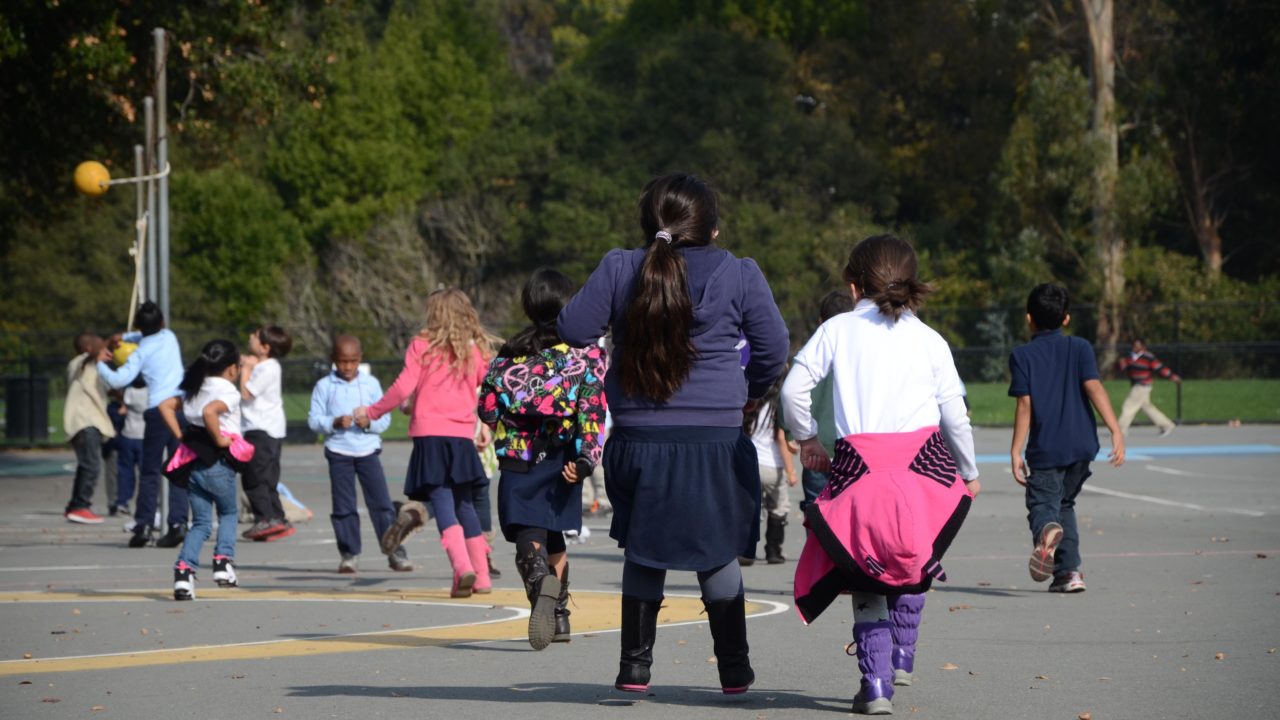Animal Farm

Any Size
Grades 1-2
None
Less Than 10 minutes
Development Goal
To develop children's listening and cooperation skills
Before You Start
- In a circle, number off players from one to three, four or five (depending on the size of group and complexity the group can handle).
- Assign an animal for each number.
- Tell everyone what animal the numbers corresponds with and what sound that animal makes. They could be a dog (bark), a duck (quack), a cow (moo), a cat (meow), a sheep (baa), a lion (roar), etc.
- Make sure every player has been assigned and remembers their animal.
- Review safety measures of walking slowly and hands out when players close their eyes.
Set Up
Designate a play area with safe boundaries and room for the group to move.
How to Play
- Players must keep their eyes shut during the game.
- They must find their fellow matching animals by making their sounds while walking slowly around the area with their hands up to act as a bumper.
- The game is over when everyone has found their group or when the first group is complete and together.
Variations
- Instead of numbers, give players pictures of different animals which they need to represent with the corresponding sound.
- Depending on the age and ability of your group you can add more or less animals to make groups larger or smaller.
Animals Two by Two style:
- Have animal cards with or without pictures depending on age group.
- Begin the game by giving each person one animal card.
- Explain that s/he must move around the room while imitating the movements of the animal whose name appears on the card (For younger players a picture may be necessary).
- As each person moves around the room, s/he must look for another who is imitating the same animal.
- When a player finds her/his animal mate, the partners stand together until everyone has found a mate.